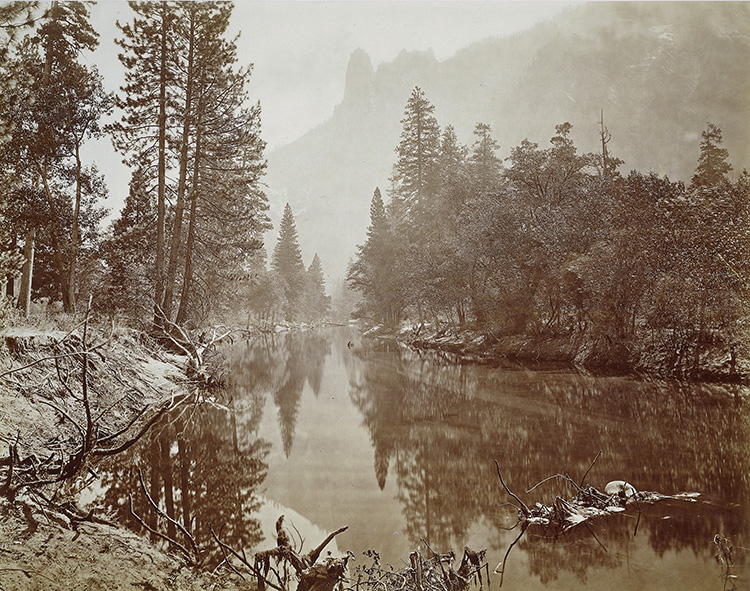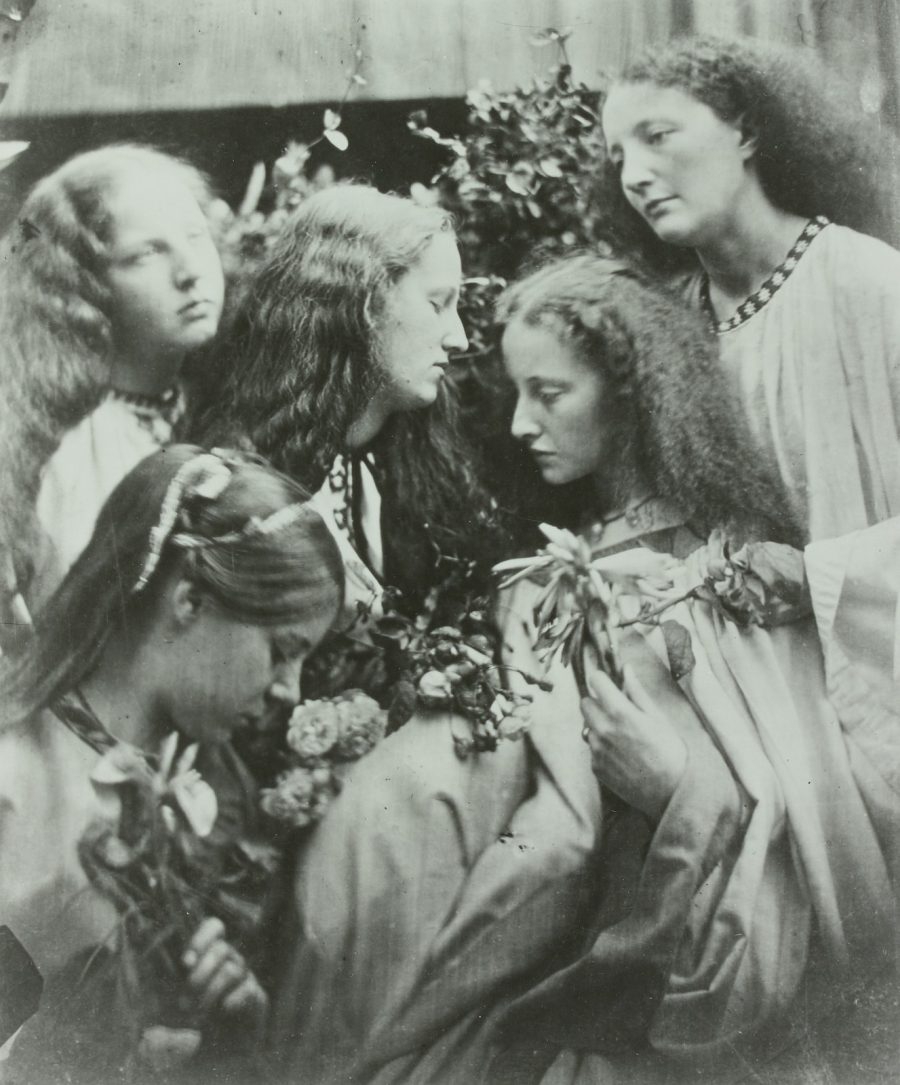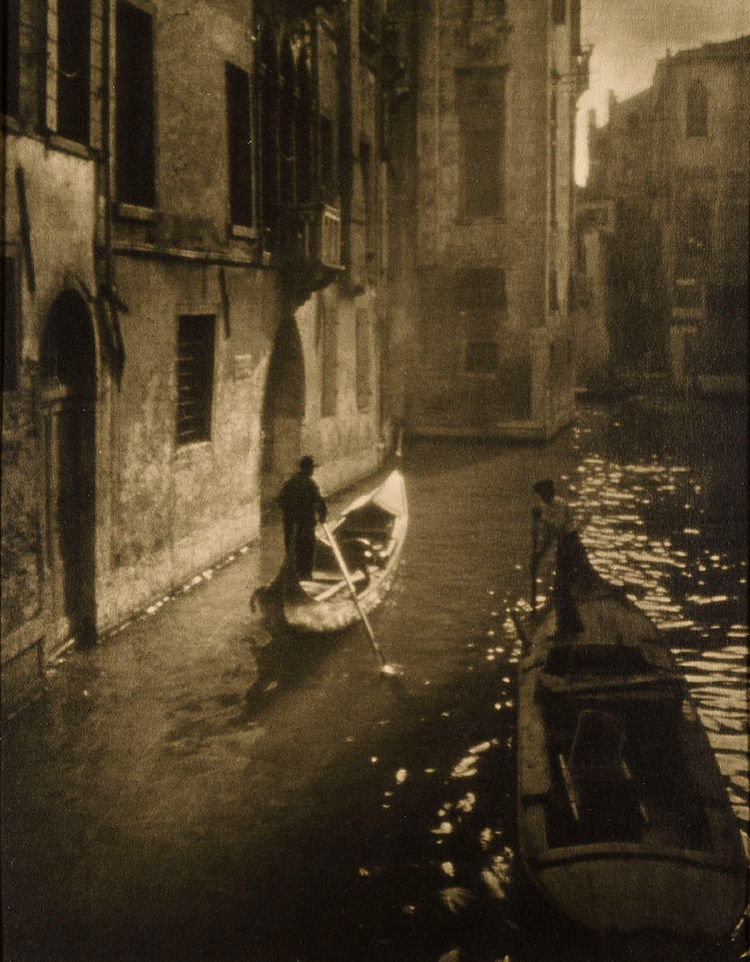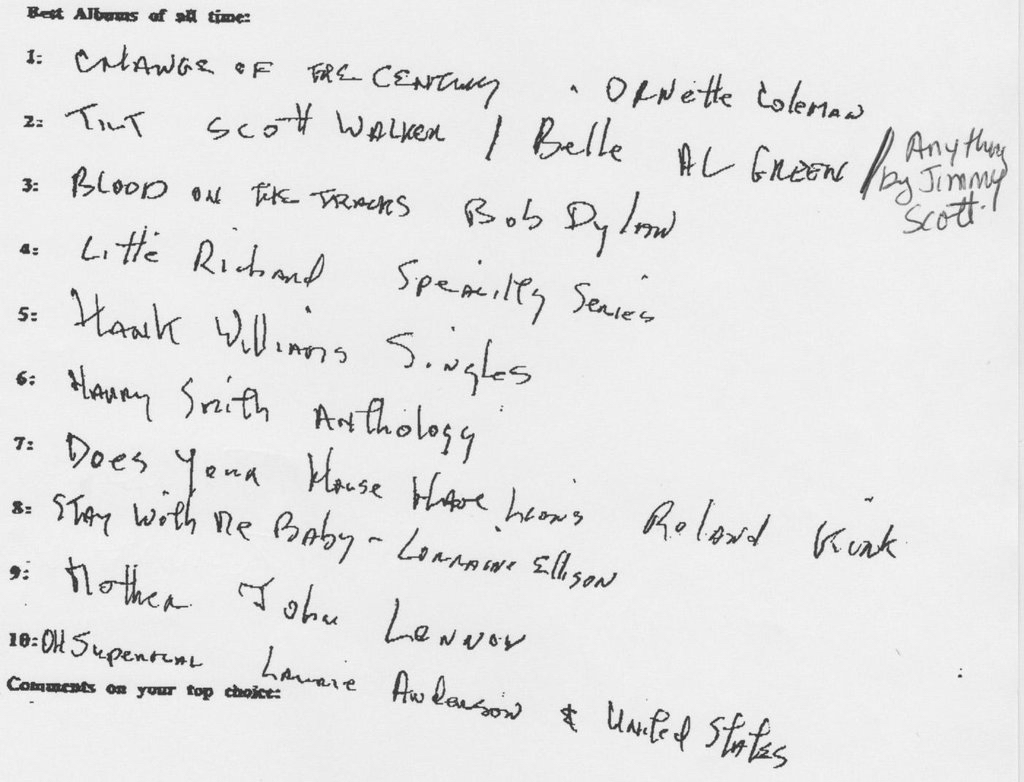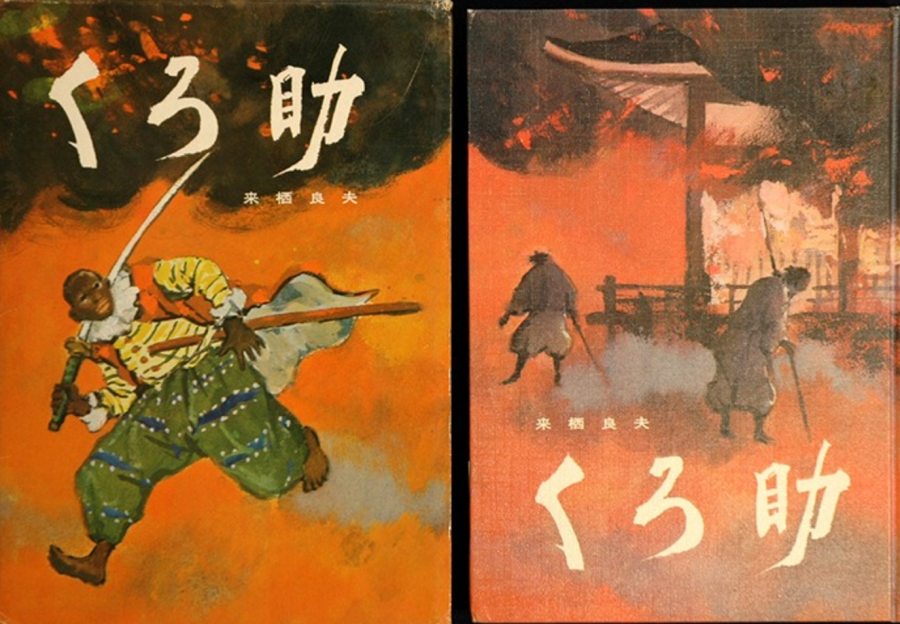The history of the word ‘Gothic,’” argues Dan Adams in the short, animated TED-Ed video above,” is embedded in thousands of years’ worth of countercultural movements.” It’s a provocative, if not entirely accurate, idea. We would hardly call an invading army of Germanic tribes a “counterculture.” In fact, when the Goths sacked Rome and deposed the Western Emperor, they did, at first, retain the dominant culture. But the Gothic has always referred to an oppositional force, a Dionysian counterweight to a rational, classical order.
We know the various versions: the Germanic instigators of the “Dark Ages,” early Christian architectural marvels, Romantic tales of terror and the supernatural, horror films, and gloomy, black-clad post punks and their moody teenage fans. Aside from obvious references like Bauhaus’ tongue-in-cheek ode, “Bela Lugosi’s Dead,” the connective tissue between all the uses of Gothic isn’t especially evident. “What do fans of atmospheric post-punk music,” asks Adams, “have in common with ancient barbarians?” The answer: not much. But the story that joins them involves some strange convergences, all of them having to do with the idea of “darkness.”
Two significant figures in the evolution of the Gothic as a consciously-defined aesthetic were both art historians. The first, Giorgio Vasari—considered the first art historian—wrote biographies of great Renaissance artists, and first used the term Gothic to refer to medieval cathedrals, which he saw as barbarous next to the neoclassical revival of the 14th-16th centuries. (Vasari was also the first to use the term “Renaissance” to describe his own period.) Two hundred years after Vasari’s Lives, art historian, antiquarian, and Whig politician Horace Walpole appropriated the term Gothic to describe The Castle of Otranto, his 1765 novel that started a literary trend.
Walpole also used the term to refer to art of the distant past, particularly the ruins of castles and cathedrals, with an eye toward the supposedly exotic, menacing aspects (for Protestant English readers at least) of the Catholic church and Continental European nobility. But for him, the associations were positive, and constituted a kitschy escape from Enlightenment rationalism. We have Walpole to thank, in some sense, for ersatz celebrations like Renaissance Fairs and Medieval Times restaurants, and for later Gothic novels like Bram Stoker’s Dracula, Mary Shelley’s Frankenstein, and the weird tales of Edgar Allan Poe.
We can see that it’s a rather short leap from classic horror stories and films to the dark makeup, teased hair, fog machines, and swirling atmospherics of The Cure and Siouxsie Sioux. In the history of the Gothic, especially between Vasari and Walpole, the word moves from a term of abuse—describing art thought to be “crude and inferior”—to one that describes art forms considered mysterious, and darkly Romantic. For another take on the subject, see Pitchfork’s music-focused, animated, and “surprisingly light-hearted” short, “A Brief History of Goth,” above, a presentation on the subculture’s rise, fall, and undead rise again.
Related Content:
Three-Hour Mixtape Offers a Sonic Introduction to Underground Goth Music
Josh Jones is a writer and musician based in Durham, NC. Follow him at @jdmagness

